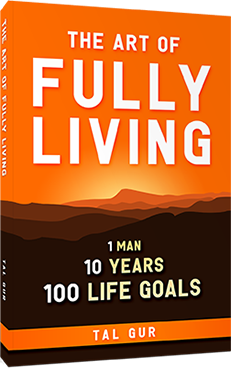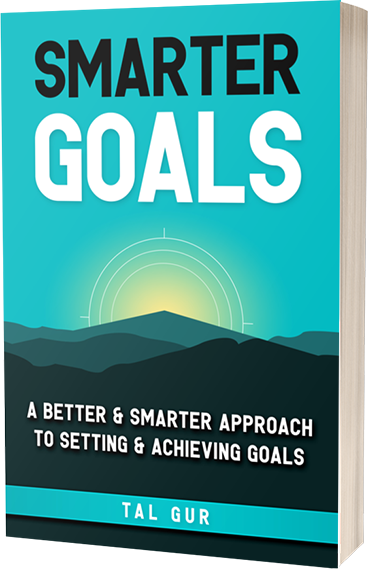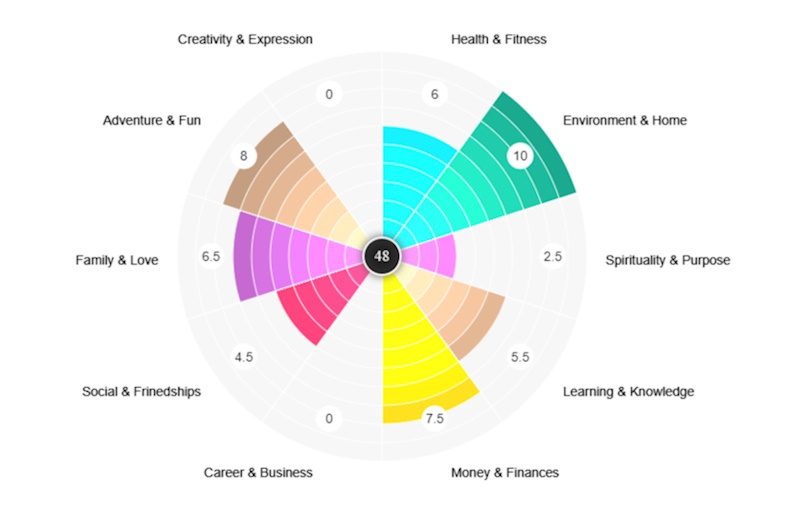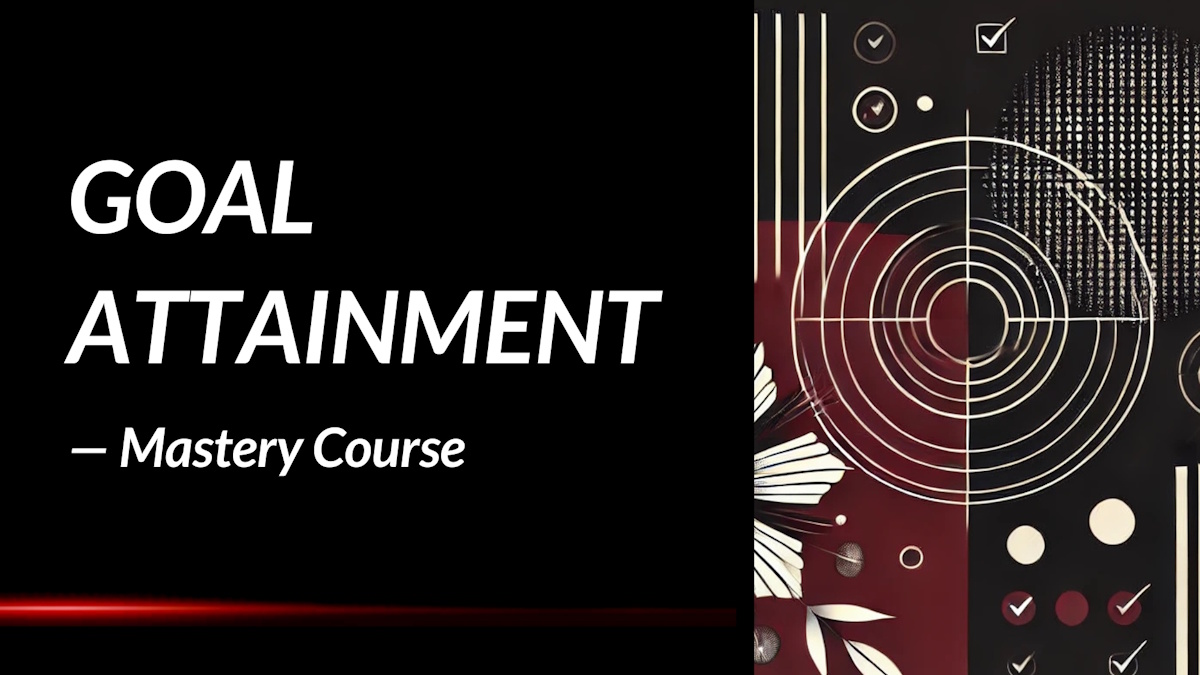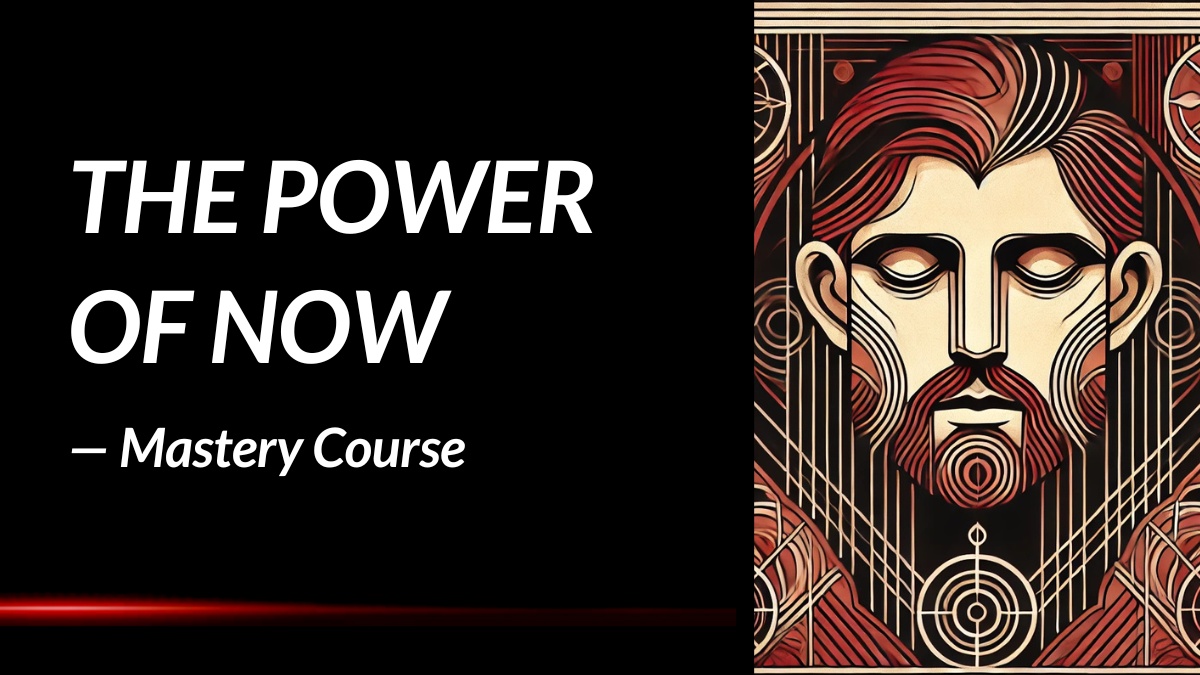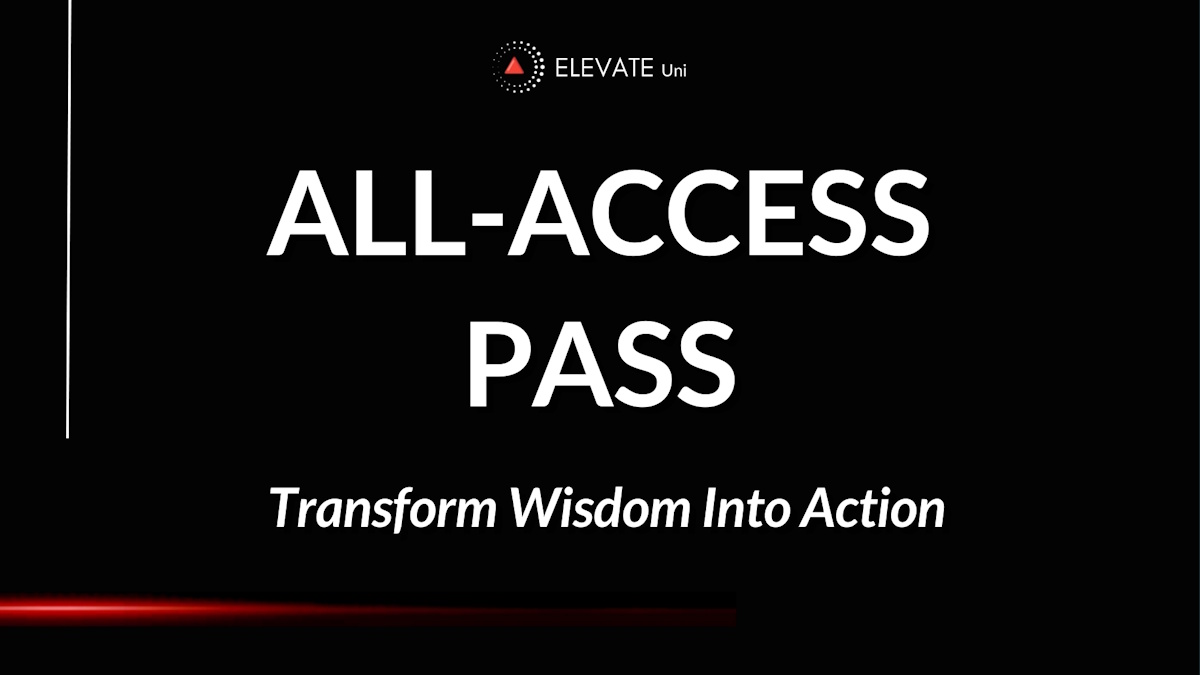Wrong Fit, Right Fit: Summary Review
Is your current job a perfect match for your skills and passions, or does it feel like a daily struggle? In "Wrong Fit, Right Fit: Why How We Work Matters More Than Ever," organizational psychologist André Martin delves into this critical question, offering insights into achieving workplace harmony.
What is the Book About?
In today's professional landscape, both organizations and employees grapple with engagement and fulfillment. André Martin introduces the concept of "fit"—the alignment between an individual's work preferences and a company's operational style. When there's a good fit, productivity and satisfaction soar; a poor fit, however, can lead to frustration and diminished performance. Through extensive research and interviews, Martin sheds light on the profound impact of this alignment on both personal well-being and organizational success.
"Wrong Fit, Right Fit" serves as a guide for both employees seeking environments where they can thrive and employers aiming to cultivate workplaces that resonate with their teams. Martin offers practical exercises, compelling insights, and real-life stories to help readers identify their ideal work settings. For organizations, he provides strategies to enhance engagement through thoughtful policies, effective communication, and tailored training. The overarching message emphasizes the importance of mutual compatibility in achieving collective success.
Book Details
Print length: 272 pages
Language: English
Publication date: September 12, 2023
Genre: Business & Management
Book Author
Dr André Martin is a board member, operating adviser, ex-chief talent officer of Google, Nike, Target, and Mars, and author of 'Wrong Fit, Right Fit: Why How We Work Matters More Than Ever'. He is an esteemed organizational psychologist with over two decades of experience in talent development and culture transformation. He has held pivotal roles at renowned companies, focusing on enhancing employee engagement and fostering positive workplace cultures. Martin's dedication lies in bridging the gap between individual aspirations and organizational objectives, ensuring both entities flourish. "Wrong Fit, Right Fit" encapsulates his commitment to creating work environments where individuals can truly thrive.
Core Theme
At its heart, "Wrong Fit, Right Fit" explores the significance of alignment between personal work styles and organizational cultures. Martin posits that true job satisfaction emerges when there's harmony between an employee's values and the company's operational ethos. Misalignment, on the other hand, can lead to decreased performance and morale. Through a blend of research and narratives, the book underscores the transformative power of finding the right fit in the workplace.
Beyond individual experiences, Martin delves into organizational strategies that promote this alignment. He emphasizes the role of transparent communication, well-defined policies, and proactive feedback in fostering environments where employees feel valued and understood. The book serves as both a reflective tool for individuals assessing their career paths and a blueprint for organizations aiming to enhance employee engagement and retention.
Main Lessons
A few impactful summary lessons from Wrong Fit, Right Fit: Why How We Work Matters More Than Ever:
1. Seek a Deep Connection Instead of Just Fitting In
Finding the right fit in a workplace is not about merely fitting in with the culture or altering oneself to blend into the company’s environment. It’s about discovering a genuine, deep connection to how the company works on a day-to-day basis. When you’re in the right fit, working feels natural—like writing with your dominant hand. There’s no need to struggle to conform or pretend to be something you’re not. The work itself feels almost effortless and aligns with your innate preferences. On the other hand, merely fitting in requires constantly adapting to meet expectations, which ultimately leads to frustration, stress, and feeling less competent. Prioritizing fit over fitting in allows for authenticity and consistent, sustainable performance.
2. Avoid the Illusion of a Perfect Workplace
No workplace will ever be a flawless match, and chasing the illusion of a perfect fit can lead to perpetual dissatisfaction. Instead, understand that a good fit is about finding a company where the majority of practices align with your natural way of working—typically around 80 percent. The remaining 20 percent, which may feel challenging or uncomfortable, is part of the learning process and personal growth. Accepting this balance allows you to focus on areas where you naturally thrive while using the other aspects as opportunities to develop new skills. The key is to differentiate between a manageable challenge and a fundamental mismatch.
3. Approach Job Interviews Like Family Reunions
Rather than treating job interviews like first dates, where you put on a polished, perfect front, approach them as if you’re attending a family reunion—authentic, relaxed, and curious. This mindset allows you to gain a genuine understanding of how the company truly operates. Instead of just positioning yourself as the ideal candidate, engage in conversations that reveal the real work environment. Ask about how the team collaborates, how success is measured, and what day-to-day tasks look like. This approach not only helps you assess whether the company aligns with your working style but also shows employers that you’re genuinely interested in long-term compatibility.
4. Prioritize Your Core Values Before Job Hunting
One of the most common regrets of people stuck in a wrong-fit job is not having clarified their own values beforehand. Understanding your core values—those non-negotiable principles that guide your decisions—is crucial before you start job hunting. Take time to reflect on what truly matters to you, whether it’s innovation, stability, creativity, or teamwork. By aligning your job search with these values, you increase your chances of finding a position where your day-to-day responsibilities resonate with your sense of purpose, minimizing the likelihood of burnout and disillusionment down the line.
5. Use Self-Reflection as a Job Navigation Tool
To avoid falling into the trap of wrong-fit jobs, regular self-reflection is essential. Instead of jumping from one role to another without introspection, pause and assess your motivations and professional priorities. Consider what you truly need at this stage of your career—a challenge, stability, or the opportunity to master your craft. Regular reflection not only keeps your career path aligned with your evolving goals but also enhances your ability to make more conscious, deliberate choices rather than impulsive or fear-driven decisions.
6. Embrace Realistic Job Previews Over Generic Descriptions
Job descriptions often paint an idealized picture of a role, filled with broad responsibilities and potential growth. However, realistic job previews are far more valuable as they present an honest, practical view of what the job will look like in the next 12 to 18 months. Instead of focusing on an exhaustive list of duties, they highlight the core tasks, expected outcomes, and challenges ahead. Prioritizing realistic previews helps both employers and candidates make more informed decisions, reducing turnover and fostering long-term satisfaction.
7. Treat the First 90 Days as a Discovery Phase
The first three months in a new role are crucial for assessing whether it’s a right fit. During this time, focus on observing patterns rather than making snap judgments. Keep a journal to track your experiences, thoughts, and emerging themes. Reviewing your notes periodically helps identify whether the company’s culture and practices align with your initial expectations. If something feels off, don’t ignore it—address it thoughtfully, but give yourself enough time to see whether it’s a pattern or a one-time incident. Treat this phase as a structured exploration rather than a trial of your ability to fit in.
8. Build Buffer Zones to Sustain the Right Fit
Even if you’ve found a great fit, maintaining that harmony requires continuous effort. Creating buffers—whether inspirational or relational—helps protect your alignment over time. Inspirational buffers include connecting your daily tasks to a larger purpose and continually seeking meaningful, growth-oriented work. Relational buffers involve building strong support systems, like mentors and workplace friends, to keep you grounded and motivated. By actively nurturing these buffers, you ensure that even when the environment changes or challenges arise, you can sustain your sense of belonging and productivity.
9. Learn to Balance Commitment and Flexibility
Staying committed to your role doesn’t mean being rigid. As workplaces evolve, so must your approach to maintaining a good fit. This means being adaptable without compromising your core values. When new leaders, policies, or practices emerge, assess how they impact your day-to-day work and find ways to integrate them without losing your essence. Flexibility in how you work while staying true to why you work that way ensures resilience and sustained engagement even in times of change.
10. Be Proactive in Shaping Your Work Environment
Don’t wait for the company to shape the right fit for you. Actively contribute to creating a culture that aligns with your ideals. Encourage positive practices by reinforcing good leadership behaviors and cultivating relationships with like-minded colleagues. Your proactive involvement not only improves your immediate work experience but also influences the broader organizational culture. Showing up as the version of yourself that you want reflected in others fosters a more cohesive and satisfying work environment.
Key Takeaways
Key summary takeaways from the book:
- Achieving a good fit between personal work preferences and company culture is essential for job satisfaction and peak performance.
- Misalignment can result in frustration, decreased confidence, and reduced productivity.
- Organizations play a pivotal role in fostering fit through clear policies, effective communication, and supportive leadership.
- Self-awareness is crucial for individuals to identify environments where they can excel.
- Both employees and employers share the responsibility of cultivating a harmonious and productive workplace.
Book Strengths
"Wrong Fit, Right Fit" stands out for its actionable insights and relatable narratives. Martin's extensive experience lends credibility to his observations, making the content both authentic and applicable. The inclusion of practical exercises empowers readers to actively engage with the material, facilitating introspection and meaningful change.
Who This Book Is For
This book is ideal for professionals at any career stage seeking to understand and enhance their workplace experiences. It's equally valuable for organizational leaders and HR professionals aiming to create environments that attract, retain, and nurture top talent.
Why Should You Read This Book?
"Wrong Fit, Right Fit" offers a fresh perspective on the dynamics of workplace satisfaction and performance. By emphasizing the importance of alignment between individual preferences and organizational cultures, Martin provides readers with the tools to navigate their career paths more effectively. Whether you're contemplating a job change, striving for greater fulfillment in your current role, or seeking strategies to enhance your organization's culture, this book offers invaluable guidance.
Concluding Thoughts
In "Wrong Fit, Right Fit," André Martin illuminates the often-overlooked nuances of workplace alignment. His insights serve as a reminder that while skills and qualifications are vital, the harmony between an individual's work style and a company's culture is equally crucial for success and satisfaction.
For those seeking to enhance their professional journeys or cultivate thriving organizational environments, this book offers both the understanding and the tools necessary to achieve those goals.
"→ Get the book on Amazon or discover more via the author's website or social channels.
* The publisher and editor of this summary review made every effort to maintain information accuracy, including any published quotes, lessons, takeaways, or summary notes.
Chief Editor
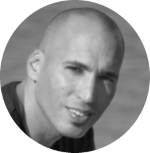 Tal Gur is an author, founder, and impact-driven entrepreneur at heart. After trading his daily grind for a life of his own daring design, he spent a decade pursuing 100 major life goals around the globe. His journey and most recent book, The Art of Fully Living, has led him to found Elevate Society.
Tal Gur is an author, founder, and impact-driven entrepreneur at heart. After trading his daily grind for a life of his own daring design, he spent a decade pursuing 100 major life goals around the globe. His journey and most recent book, The Art of Fully Living, has led him to found Elevate Society.








